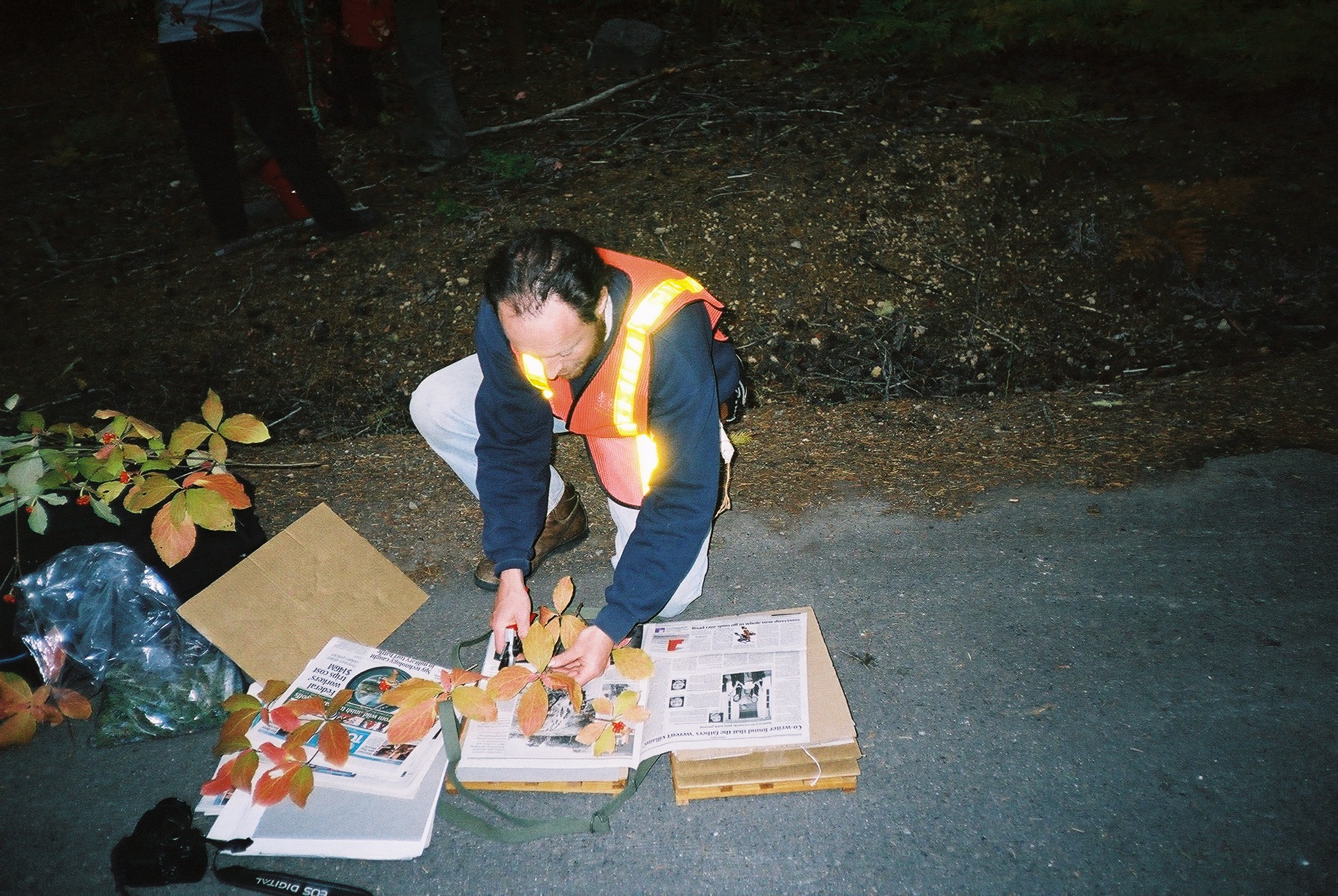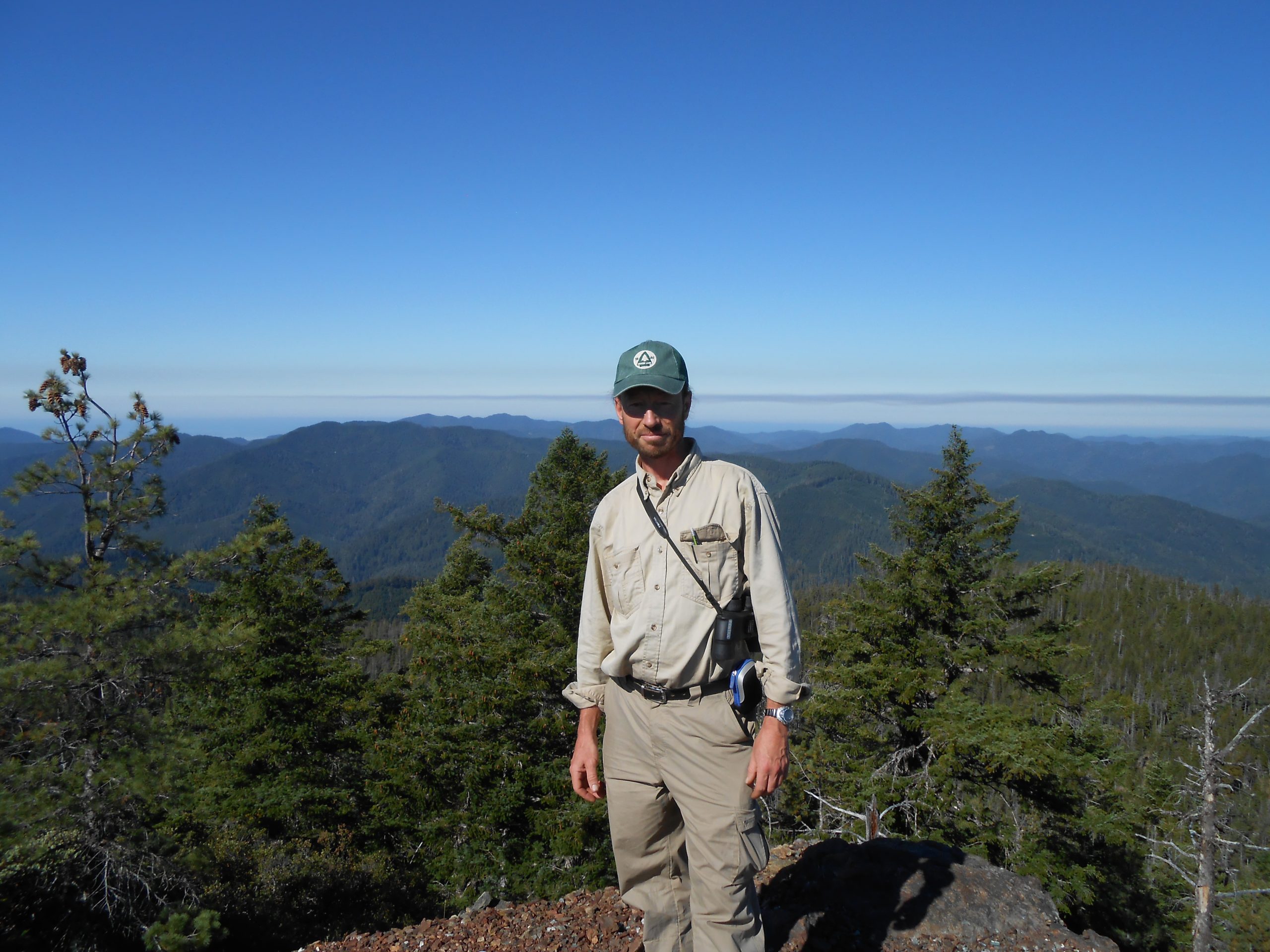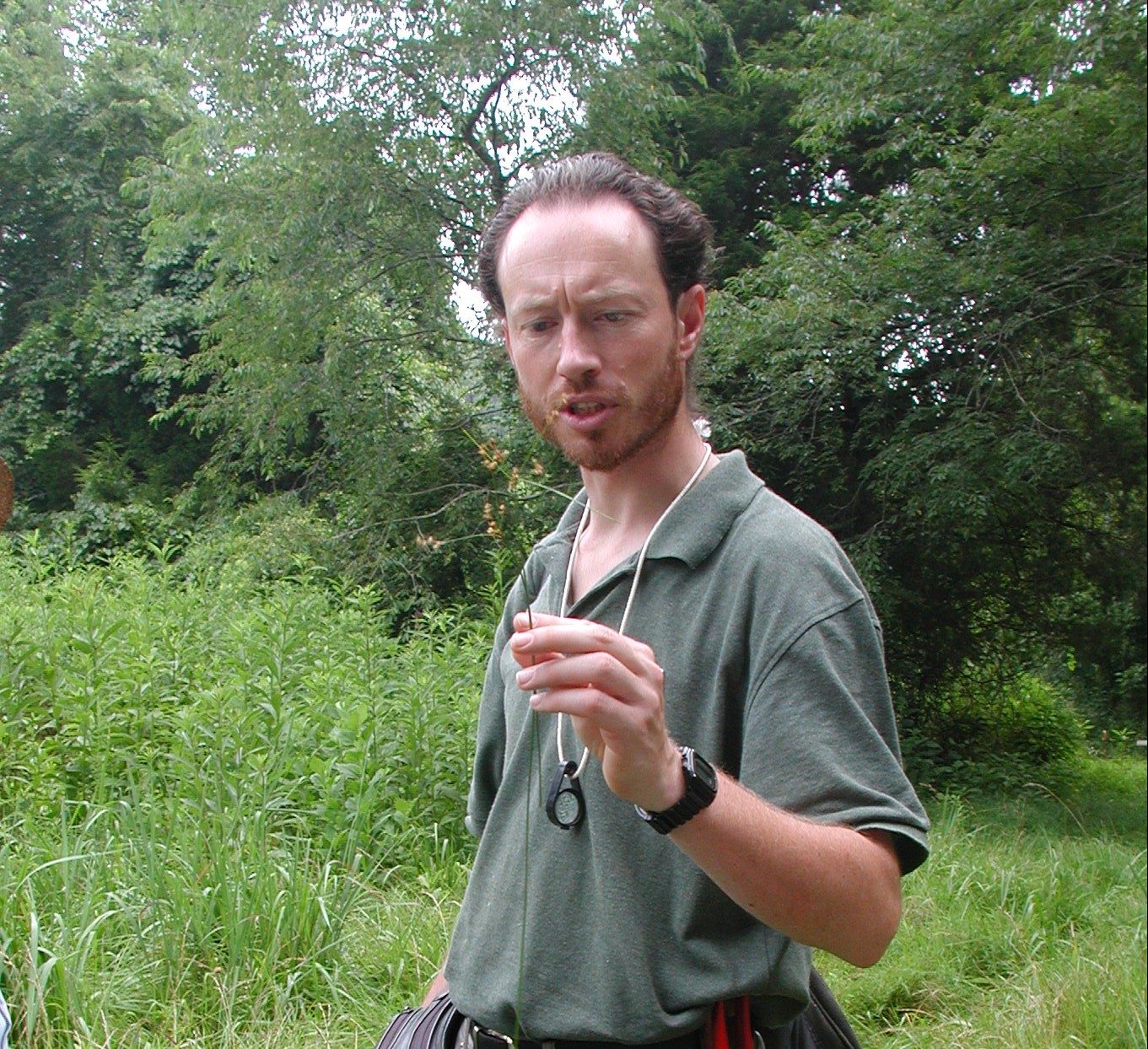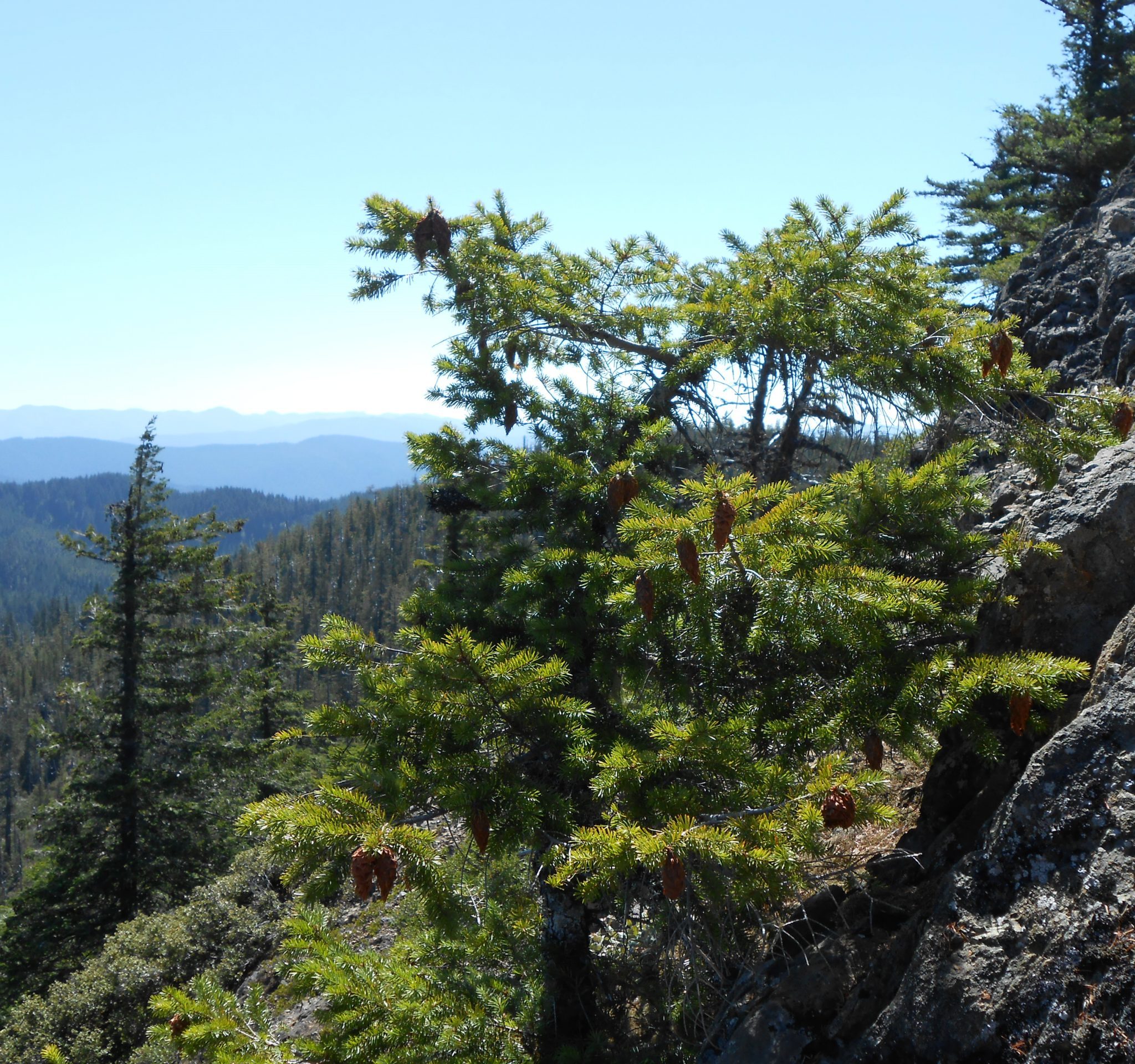Michael Way
As the Conservation Partnership Coordinator for the Americas, Michael Way is the representative from the Royal Botanic Gardens, Kew, that the majority of CPC institutions are most familiar with. He has collaborated with and supported many of the Participating Institutions’ seed banks for decades, and continues to support seed banking across Canada, the USA, Mexico, and Chile today.
When did you first fall in love with plants?
I grew up surrounded by beautiful landscapes of the Exmoor National Park (in the south west of England) and was interested in all aspects of biology and the natural world but my love for plants was equaled by concerns about their future. As a second-year biology student, I found a summer job helping the National Park botanists monitor the response of heathland vegetation to grazing and burning management. I quickly realized that I could reliably identify the heathland flora and I could use quadrat data on plant populations to contribute evidence critical for large scale management decisions. I then studied the dormant rhizome buds of the bracken fern (Pteridium aquilinum) for my final dissertation and could clearly demonstrate why this species is so resilient to eradication efforts, at this point I was hooked on the application of plant science for decision-making.
What was your path to becoming the Conservation Partnership Coordinator?
After university, I worked on habitat survey and conservation work with landowners in Somerset and Hampshire, and I had great mentors who inspired me to continue working in nature conservation. But I wanted to explore Latin America, so I studied Spanish in the evenings and found a volunteer role with a conservation and education group in Ecuador. There I worked developing their small native tree nursery, leading practical conservation work tasks, and supporting educational projects. On my return to the UK, a job came up as Kew’s ‘seed collector for the Americas, and I had to give it a go. The expeditions were long and arduous – and allowed Kew to develop new ways of working with counterparts under the Convention on Biological Diversity. In 1995, I was asked to help plan the Millennium Seed Bank Project’s (MSB) international program, and I persuaded colleagues to invest in local and regional partnerships to scale up the global efforts. I was excited to take one of the coordinator roles that opened up at the new MSB. Almost two decades on, there have been lots of changes in the scope and name of the role, but I continue to be focused on Kew’s plant conservation work in the Americas.
What about working with plants has surprised you?
As a student it seemed that the zoologists might be having more fun, but plants have not disappointed! As my work has expanded in scope internationally, I am still amazed at the number of new species described each year, including a 130 feet tall tree described in 2016 from Cameroon. There is still urgent need for botanical exploration before such species are lost without being studied. In Britain, we have a modest and well recorded flora but there are still surprise records every year and regular monitoring efforts are showing the effect of introductions, wider land-use changes and the warming climate – so we need to keep up our botanical efforts, too.
What has been the most challenging aspect of your work?
Much of my work at Kew has focused on building capacity for conservation, and the biggest challenge has probably been to sustain this capacity between individually funded projects. To have long-term impact within an institution or region, I seek commitments from managers to continue the investment in the facilities, equipment, and people needed to maintain effective plant conservation teams. We certainly have to be increasingly creative in our project designs and think of low-cost ways to develop networks, improve technology, and help people both develop careers and get access to best current knowledge on how to conserve plants.
How have collaborations helped you succeed in your conservation programs?
Collaboration is central to my role, and it has enabled Kew and its partners to make huge gains in ex situ plant conservation, through the almost two decades of the MSB Partnership. The best collaborations reflect shared strategic priorities and take into account the needs and constraints of each partner through good communication and planning. By enabling the MSB Partnership coordinators with some real flexibility to seek cooperation with botanic gardens, universities, government agriculture and forestry agencies, as well as gene banks, there are now over 160 partners in 96 countries and territories contributing to the MSB Partnership’s global seed banking. We are still adding new partners: I have just started a novel collaboration with the National Institute of Health in Peru to seed bank medicinal plants from the high Andes. They bring a completely different set of skills and approaches to our projects.
What new approaches in plant conservation and science excite you the most?
Plant collectors have always done careful preparation before going into the field, and the technology that has matured in recent years is already impressive. We are routinely using predictive mapping to identify potential target species occurrences, and I am particularly excited with the potential of the MSB Partnership desiccation-tolerance predictor tool which is helping us focus collecting effort on the ‘bankable’ species, and research effort on the uncertain taxa.
Fieldwork is relatively costly and I am assessing the latest genetic diversity sampling models to make our collecting efforts as effective as possible, while ensuring our samples have sufficient diversity as a foundation for restoration or recovery projects.
Looking to the future, I am sure that our skills to recognize and handle germplasm from exceptional species will significantly improve, and the knowledge of when to deploy cryopreservation and other ex situ options will be strengthened. And as a recent ‘iNaturalist’ member, I can’t ignore the huge potential of citizen science to engage a larger community in botany and plant conservation.




Photos Courtesy of Kew America.